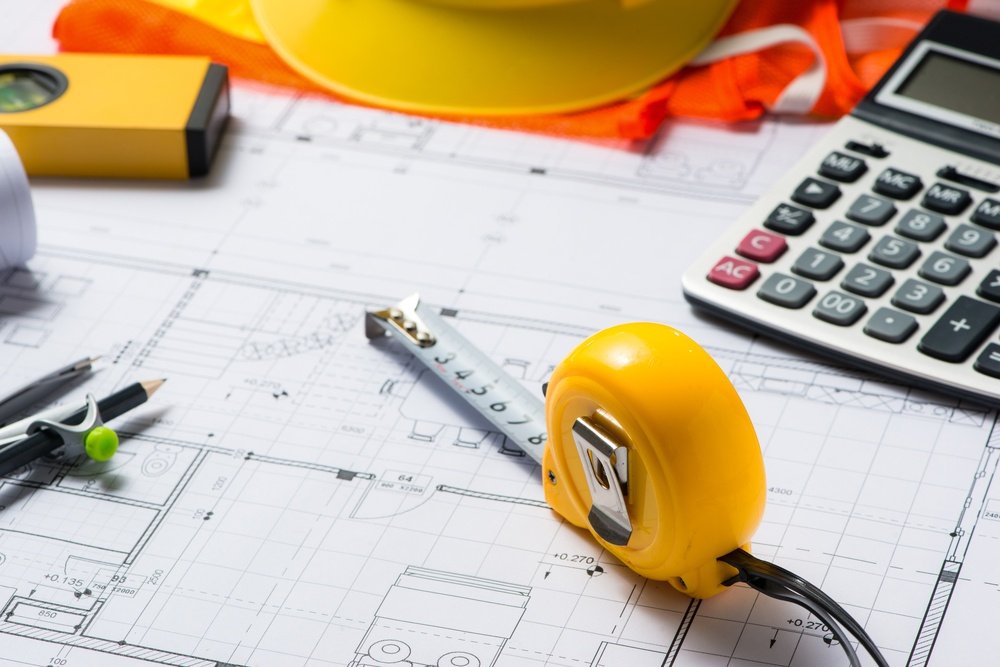Tips in Volatile Construction Pricing
With a volatile market, construction costs can fluctuate wildly. A project’s cost can be affected by seasonality and other factors, such as weather conditions or scarcity issues. The same thing goes for custom materials, which can be tricky to procure. For this reason, project managers should check their pricing vs. market conditions monthly to keep their project’s pro forma current. Here are a few tips for navigating volatile construction pricing.
First, monitor costs and provide notice to clients of price escalation as early as possible. Also, make sure to purchase volatile materials in bulk and early in the project. However, early purchases may increase storage and material handling costs. Always keep communication lines open to avoid disputes when pricing escalates. And remember: a construction project is an ongoing process, so communication is key. By communicating early, you will be able to manage any unforeseen issues that may arise.

Another important tip is to capture item packages or assemblies. Many takeoff programs allow you to capture item assemblies and package costs, which they call recipes. For example, an interior framed drywall wall with wooden studs spaced 16 inches apart would include drywall, insulation, wood, and drywall. These factors can easily change your total unit cost. But be aware that some of these items can be overlooked, so you must keep an eye out for them.
Lastly, payment terms are important. Remember that if you are a subcontractor or a supplier, payment terms are paramount. The risk of being behind in payment terms is significant and will ultimately lead to trouble. Better terms are critical to avoid losses in difficult times, so make sure your contract includes a clause that addresses this. In the end, this will prevent you from facing losses of principal, which are the most common causes of business failure.
In the current construction market, the supply chain has become increasingly unstable, and pricing is rising in response. Materials such as lumber, steel bar joists, and copper have a 10-month lead time. Lumber costs have risen by 57% since January, and are up more than three times as high in the last year. If you’re looking to save money on materials, take note of these tips and avoid making the same mistakes that many others have made.